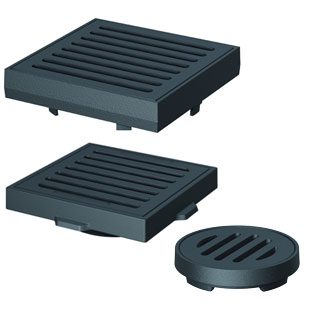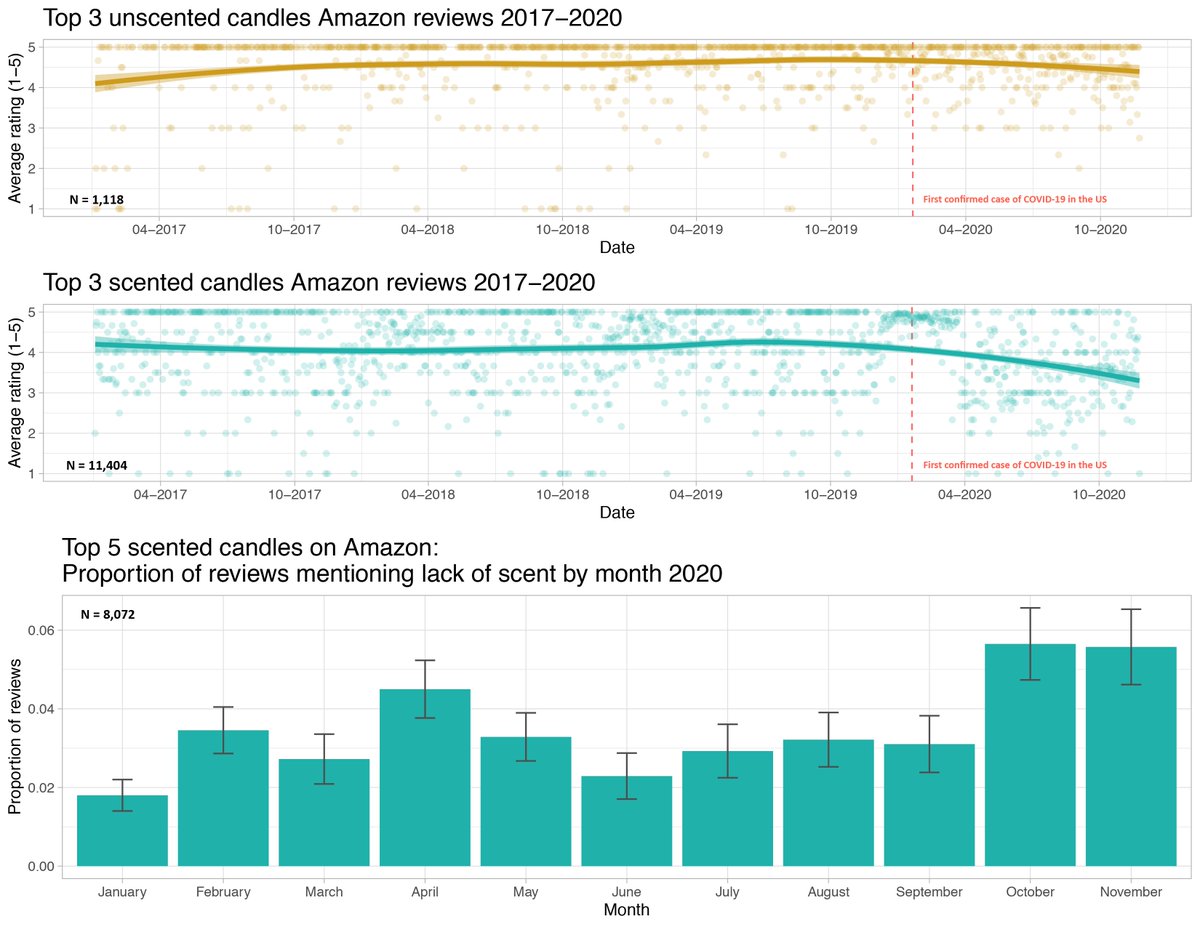
München Gullideckel: 6x9 Zoll A5 Souvenir Notizbuch Skizzenpapier Skizze | Gulli Gully Gullydeckel Kanaldeckel (German Edition): Publishing, Notebook: 9781076858269: Amazon.com: Books

München Gullideckel Souvenir Notizbuch: 6x9 Zoll A5 Dot Grid Papier | Gulli Gully Gullydeckel Kanaldeckel : Publishing, Notebook: Amazon.de: Bücher

München Gullideckel: 6x9 Zoll A5 Souvenir Notizbuch Skizzenpapier Skizze | Gulli Gully Gullydeckel Kanaldeckel (German Edition): Publishing, Notebook: 9781076858269: Amazon.com: Books


























